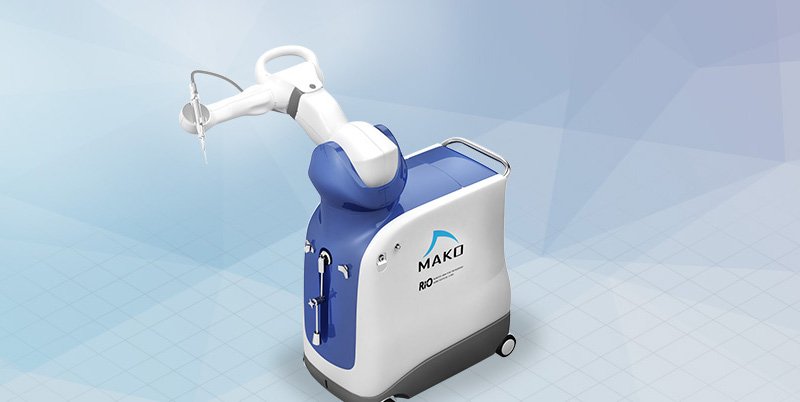Surgical Treatments
Arthroscopy of the Knee Joint
Knee Arthroscopy is a common surgical procedure performed using an arthroscope, a viewing instrument, to consider the knee joint to diagnose or treat a knee problem.
For more information about Arthroscopy of the Knee Joint, click on below tabs.
Knee Replacement and Reconstructions
Unicompartmental Knee Replacement
Unicompartmental knee replacement is a minimally invasive surgery in which only the damaged compartment of the knee is replaced with an implant. It is also called a partial knee replacement.
For more information about Unicompartmental Knee Replacement, click on below tabs.
Total Knee Replacement (TKR)
Knee Arthroscopy is a common surgical procedure performed using an arthroscope, a viewing instrument, to consider the knee joint to diagnose or treat a knee problem.
For more information about Total Knee Replacement (TKR), click on below tabs.
Revision Knee Replacement
Revision knee replacement surgery involves replacing part or all your previous knee prosthesis with a new prosthesis.
For more information about Revision Knee Replacement, click on below tabs.
Robotic assisted Partial Knee Replacement
Robotic assisted partial knee surgery is an innovative alternative to the conventional surgical procedure in patients suffering from degenerative knee diseases such as osteoarthritis.
For more information about Robotic assisted Partial Knee Replacement , click on below tabs.
Patellofemoral Knee Replacement
Patellofemoral Knee Replacement surgery may be recommended by your surgeon if you have osteoarthritis contained to the patellofemoral compartment and you have not obtained adequate relief with conservative treatment options.
For more information about Patellofemoral Knee Replacement , click on below tabs.
Out-Patient Total Knee Replacement
Total knee replacement is the surgical treatment for knee arthritis, where the damaged knee is removed and replaced with an artificial knee implant. Traditionally performed as an inpatient procedure, total knee replacement surgery is now being conducted on an outpatient basis, allowing patients to go home the same day of the surgery.
For more information about Out-Patient Total Knee Replacement, click on below tabs.
Tricompartmental Knee Replacement
Tricompartmental knee replacement, also called total knee arthroplasty, is a surgical procedure in which the worn out or damaged surfaces of the knee joint are removed and replaced with artificial parts. The knee is made up of the femur (thigh bone), the tibia (shin bone), and patella (kneecap).
For more information about Tricompartmental Knee Replacement, click on below tabs.
After Knee Replacement
Knee replacement is a surgery performed to replace parts of a diseased knee joint with an artificial prosthesis. The goal of knee replacement is to eliminate pain and return you to your normal activities.
For more information about After Knee Replacement, click on below tabs.
Patient Specific Knee Options
MAKOPlasty
MAKOplasty® is a novel surgical procedure performed to relieve pain caused by joint degeneration due to osteoarthritis. It is performed using the robotic-arm technology that allows the surgeon to precisely perform the surgery through a smaller incision as compared to traditional surgery.
For more information about MAKOPlasty, click on below tabs.
Knee Implants
Knee implants are artificial devices that form the essential parts of the knee during a knee replacement surgery. The knee implants vary by size, shape, and material. Implants are made of biocompatible materials that are accepted by the body without producing any rejection response.
For more information about Knee Implants, click on below tabs.
Cartilage Restoration
Patellar Tendon Repair
Patella tendon rupture is the rupture of the tendon that connects the patella (knee cap) to the top portion of the tibia (shin bone). The patellar tendon works together with the quadriceps muscle and the quadriceps tendon to allow your knee to straighten out.
For more information about Patellar Tendon Repair, click on below tabs.
Others
Partial Meniscectomy
Partial meniscectomy is a surgical procedure to remove the torn portion of the meniscus from the knee joint. Meniscus is the C-shaped cartilage located in the knee that lubricates the knee joint, acts as shock-absorber, and controls the flexion and extension of joint.
For more information about Partial Meniscectomy, click on below tabs.
Meniscal Surgery
Meniscus tear is the commonest knee injury in athletes, especially those involved in contact sports. A suddenly bend or twist in your knee cause the meniscus to tear. This is a traumatic meniscus tear.
For more information about Meniscal Surgery, click on below tabs.



























